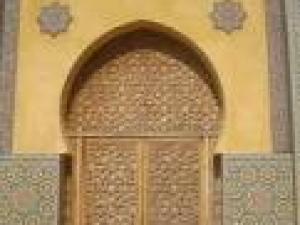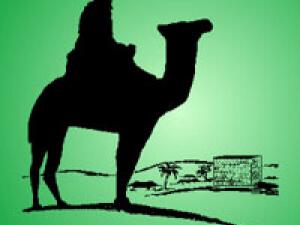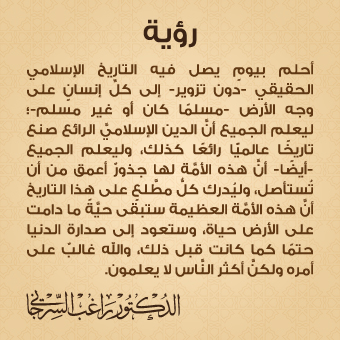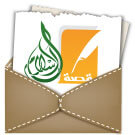Abul-Fadl Ahmad ibn Hajar’s family originated in the district of Qabis inTunisia. Some members of the family had settled in Palestine, which they left again when faced with the Crusader threat, but he himself was born in Egypt in 773 AH, the son of the Shafi`i scholar and poet Nur al-Din `Ali and the learned and aristocratic Tujjar. Both his father and mother died in his infancy, and he was later to praise his elder sister, Sitt al-Rakb, for acting as his ‘second mother’. The two children became wards of the brother of his father’s first wife, Zaki al-Din al-Kharrubi, who enrolled the young Ibn Hajar in a Qur’anic school (kuttab) when he reached five years of age.
short desc
Abu Yusuf Yaqub Ibn Ishaq al-Kindi, one of the most celebrated of the philosophers and natural scientists of the classical age of Islam, was born in Kufa in the year 800 CE in the illustrious al Kindah clan from South Yemen.
There are brief moments in history when nature lifts its veil to the human intellect so that it may witness the majesty of divine creation and pass on the wisdom gained from this encounter to succeeding generations. One such intellect was that of Al Kindi.
Abu Yusuf Yaqub Ibn Ishaq al-Kindi, one of the most celebrated of the philosophers and natural scientists of the classical age of Islam, was born in Kufa in the year 800 CE in the illustrious al Kindah clan from South Yemen. During the 5th and 6th centuries, the al Kindah had unified several tribes under its aegis. After the advent of Islam, some members of this tribe migrated to Southern Iraq, where they enjoyed the patronage of the Umayyad and Abbasid Caliphs. Al Kindi’s father was the governor of Kufa, which at the time was a thriving commercial city, wherein people from Persia, Arabia, India and China met for trade and transaction. Al Kindi received his early education in Kufa.
Baghdad was ruled at the time by the fabled Harun ar Rasheed who had inherited the School of Translation established by Caliph al Mansur in 765 CE. This was a golden age for Muslims. It was a moment in history when the Islamic civilization opened its doors to new ideas from the East and the West. As the Abbasid Empire had grown, it had come into contact with ideas from classical Greek, Indian, Zoroastrian, Buddhist and Hindu civilizations. The confident Muslims took these ideas and remolded them in a uniquely Islamic mold. Out of this caldron came Islamic art, architecture, astronomy, chemistry, mathematics, medicine, music, philosophy and ethics.
What gave the Muslims the confidence to face other civilizations was their faith. With a confidence firmly rooted in revelation, the Muslims faced other civilizations, absorbing that which they found valid and transforming it in the image of their own belief. The Qur’an invites men and women to learn from nature, to reflect on the patterns therein, to mold and shape nature so that they may inculcate wisdom. “We shall show them our Signs on the horizon and within their souls until it is manifest unto them that it is the Truth” (Qur’an, 41:53). It is during this period that we see the emergence of the archetype of classical Islamic civilization, namely the Hakim(meaning, a person of wisdom). In Islam, a scientist is not a specialist who looks at nature from the outside, but a man of wisdom who looks at nature from within and integrates his knowledge into an essential whole. The quest of the Hakim is not just knowledge for the sake of knowledge but the realization of the essential Unity that pervades creation and the interrelationships that demonstrate the wisdom of God.
stay tuned..........











Comments
Send your comment